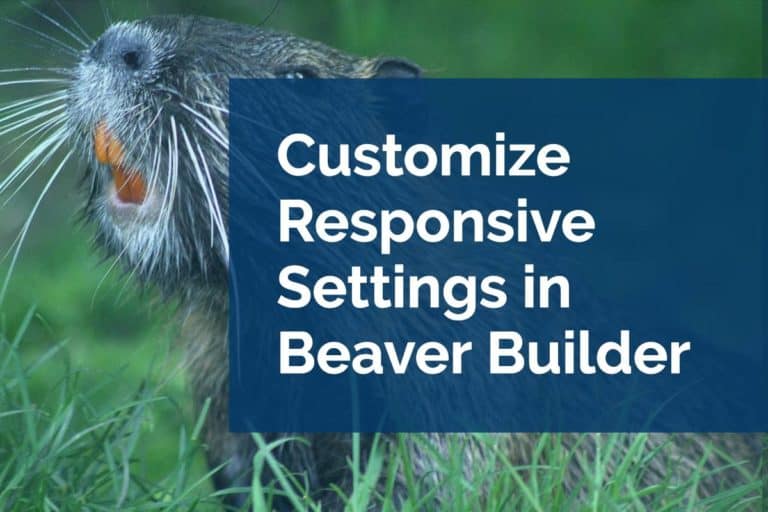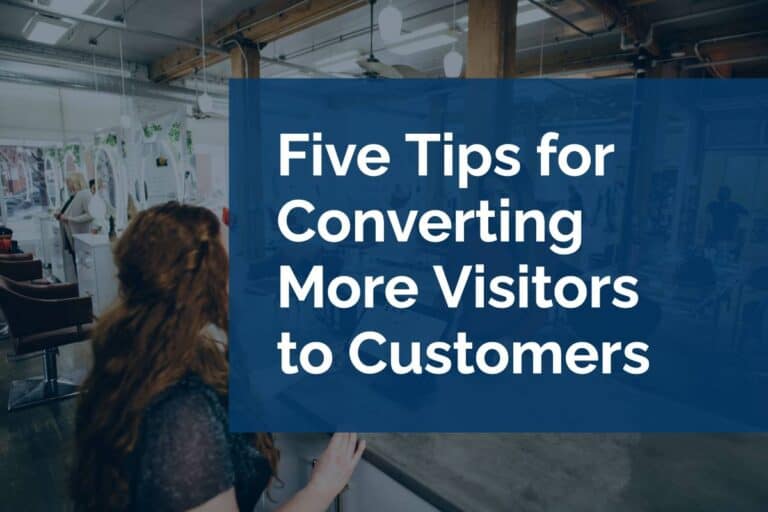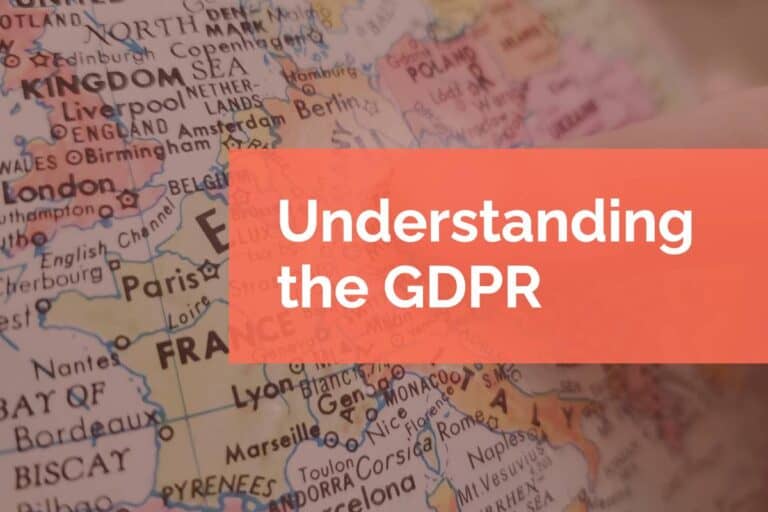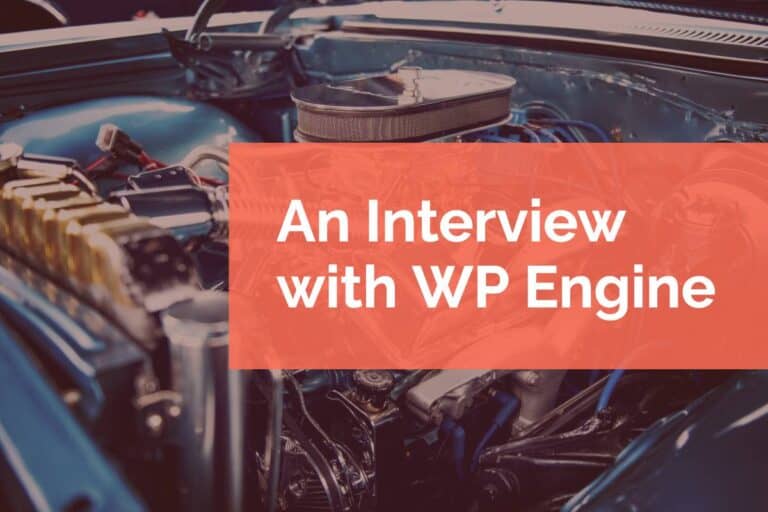Easy Does It – 5 Steps to WordPress Optimization
More sites use WordPress than any other content management system (CMS) in the world. This CMS has been able to achieve this feat through its ease of use, reliability, customization, and smooth operations.
However, those characteristics don’t come by default. Like most great inventions, WordPress isn’t perfect all by itself – it needs a human touch to run at peak levels. By making use of a number of simple options and services, you can optimize WordPress for the best possible performance. These additions ensure that your website isn’t just easy to maintain for you, but also a breeze to navigate for visitors.
Here are 5 easy things that can help you with optimizing your own WordPress website.
1. Add Yoast SEO
Yoast SEO is one of the most popular plugins for WordPress. As the name suggests, the plugin focuses on search engine optimization, particularly on-page or on-site optimization.
This helps you get your website’s structure and content ready for search engines. And that allows your target pages to rank higher in search results. Higher rankings equals more visitors to your site…and that can mean more orders, more customers, or more clients.
Installing Yoast SEO is as easy as adding any other plugin on your website. Once installed it lets you enhance your website from an SEO perspective through a number of easy to understand and easy to operate text fields.
Yoast SEO gives you the tools to edit elements such as your page title, meta description, and image alt tags. With this, the plugin lets you add the correct focus keywords for each page. Yoast SEO puts this information to use to provide suggestions for structural elements.
The plugin also lets you manage other SEO related elements such as your sitemap. A sitemap helps search engines learn about and navigate your site as easily as humans do. Unfortunately, generating a sitemap can be a challenge for many users so it is a big benefit when a plugin like Yoast SEO is there to help out.
Extra Features for WordPress Optimization
But Yoast SEO doesn’t stop there. You can customize each page so that the page looks appealing when you share a link on social media. This helps you make sure that your site is not just search engine-ready, but also equipped for being shared on platforms like Facebook, Twitter, and LinkedIn.
Overall, Yoast SEO provides your website with most of the tools you need for it to be search engine ready. Of course, you may still need expert advice to take your SEO to the next level and there are admittedly other quality SEO plugins. But for the features and benefits available with Yoast SEO, you’ll be well on your way to an improved search-engine presence and site structure.
2. Add a Content Delivery Network
One of the best ways to optimize WordPress is to make sure that your website has an optimal load time. Adding a content delivery network (CDN) to your website is a surefire way to do so.
A CDN is a network of servers and data centers spread around the world. When visitors access your website from different parts of the world, a CDN ensures that the content is served from the closest geographical server on the network, thus increasing speed and performance for the visitor. A CDN also reduces the load on your own servers, creating an added benefit for both you – the publisher – and your visitor.
This distribution of information ensures that a website doesn’t always rely on a data center thousands of miles away. Instead, the CDN distributes information across these data centers so it can be rapidly accessed from anywhere in the world.
Getting a CDN doesn’t mean bidding farewell to your life savings to get access to these global data centers. Instead, you can sign up with a service such as Cloudflare to take advantage of an affordable yet reliable CDN. Also, many hosting providers offer CDNs for low cost (or no cost) so clients can take advantage of speed improvements.
3. Use a Lazy Loader Plugin
Lazy-loading is in use a lot of modern websites. As the name suggests, lazy loading refers to loading elements gradually. However, it doesn’t mean that your website will become slow with the use of a lazy loader plugin. On the contrary, it will become faster.
This may sound contradictory, so let’s revisit lazy-loading from another perspective.
Lazy-loading loads your website or webpage’s elements on a basis of priority. This means that your above the fold content, or the content at the top of your page, will load first. The text on the whole page could load next. Whereas, compressed images could come in after that. Any other content such as embedded videos or banner ads could load by the very end.
This ensures that even though your webpage is still loading “behind the scenes” and “below the fold,” it looks instantly available to your site’s visitors. By making sure that your webpage’s structure is loaded first along with its layout, background, and feature images, your visitors could start benefiting from your site while other, less-visible elements load.
This WordPress optimization is particularly useful on content-heavy websites but is just as beneficial in conventional websites as well. Acquiring a lazy-load plugin is not difficult either, with many of them being available for free. And like CDNs, many hosting providers offer quality lazy-loading plugins as part of the managed hosting experience.
4. Get an SSL Certificate
Secure Sockets Layer (SSL) and its successor technology of Transport Layer Security (TLS) allow encrypted data sharing over a website. This turns your Hyper Text Transfer Protocol (HTTP) to Hypertext Transfer Protocol Secure (HTTPS). And in the browser bar, websites protected by SSL have a padlock icon next to the URL to demonstrate an increased level of trustworthiness.
This treats any submitted or exchanged data transmitted to the website as confidential, with not even the servers or website owners being able to see it in its original form. The data is saved and transported to other servers for verification when required.
As a result, an SSL ensures that the user information remains safe while being exchanged with verification servers. For instance, when a user enters a password, the password is encrypted and verified by the relevant server without being sent over the web in its bare form. This saves the respective account from being hacking attempts. The same mechanism is applied for payment processing over the internet.
SSL and TLS technology/certificates are now in use internet-wide, instead of being in place only on e-commerce sites. However, with the way that data has become more valuable and susceptible to misuse, almost every website is now incorporating these technologies within regular operations.
Having these certificates doesn’t only earn you brownie points by customers for maintaining their trust, but also get you in the good books of search engines as well. Thus, making sure that your WordPress has this form of security is only prudent.
You can utilize these services by turning to a provider such as Let’s Encrypt, which offers free SSL/TLS certificates. There are also a number of other options available; just make sure you’re choosing an SSL or TLS certificate from a reputable provider.
5. Run an Inspection
Taking these steps will improve the performance, search engine appeal, and trustworthiness of your website. While we’re confident that these suggestions will help even the most novice WordPress user, there is more work to do. WordPress optimization is an ongoing effort.
To ensure that you deliver on all aspects of a great website, run periodic checks to assess overall performance. Whether you’ve already run an inspection or simply need a hand getting the most out of your website, we’d be excited to hear about your future digital plans. For information on how a partnership with our WordPress experts and the professional solutions offered by our team at Pixel Jar, contact us today and let us explain the numerous benefits available for your company website and your valuable target audience.






